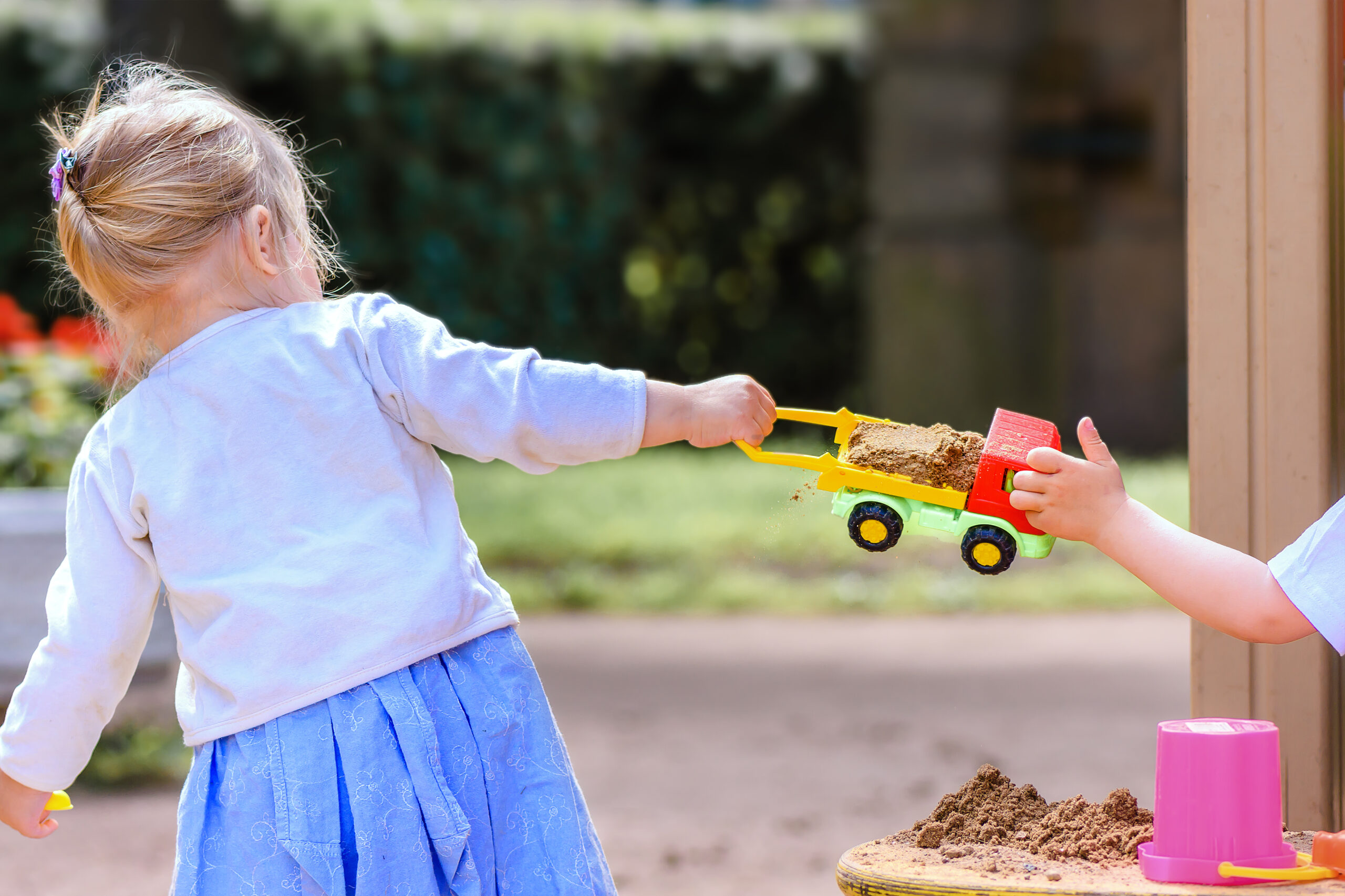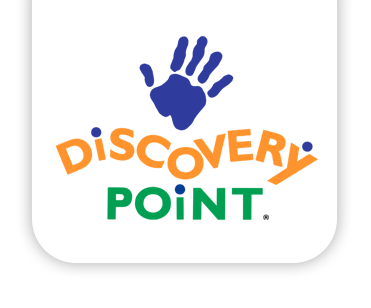Discovery Point Blog

Helping Children Resolve Conflicts
Conflict resolution is tricky at any age. However, as adults with more life experience, we tend to know our options when it comes to resolving conflicts. Children, on the other hand, find interpersonal conflicts to be new territory that can be tough to navigate.
Helping your child work through conflict, rather than jumping in to resolve every problem they face, is key to ensuring they gain the experience they need to deal with conflicts on their own throughout their lifetime.
Conflict Resolution for All Age Groups
No matter your child’s age, there are several steps you can take throughout their childhood to reinforce the importance of conflict resolution and provide them with the tools to succeed in tricky situations. Here are just a few strategies to turn to as your child learns, grows, and begins practicing their problem-solving skills.
Make Talking About Feelings Normal
The more practice your child has talking about their feelings, the more in touch they will be with their emotions. This will in turn help them control their reactions and stay calm when uncomfortable or upsetting events occur.
One way to encourage your child to talk about their feelings in a way that is healthy, calm, and productive is to teach the strategy of using “I feel” statements. Using these statements allows us to express ourselves without placing blame on others, which is a particularly important step for young children. Examples include “I feel sad when I’m not asked to play,” and “I feel mad when my toys are taken away.”
Practice Modeling Listening Skills
Emotions can feel big and overwhelming for young children. Taking the time to listen and be empathetic to your child’s feelings over issues big and small will help them feel understood and teach them how to listen to others.
If your child comes to you with a problem, let them vent. Repeat the issue back to them to show you have understood what they’re saying. Remember that sometimes children simply need to verbalize their feelings. Your job isn’t necessarily to solve the issue, but to provide emotional support and give them a safe space to express themselves.
Use a Conflict Resolution Wheel
A conflict resolution wheel is a great tool to show there are many ways to resolve a conflict. Some work better than others in different situations, but the point is to practice different strategies and get the hang of making decisions in tense moments. Whenever your child has an argument with a friend or classmate, try pulling out the wheel and have them give it a spin.
Age-Appropriate Strategies for Conflict Resolution
While the above are great strategies to use for all age groups, there are also some age-appropriate strategies to consider when teaching your child how to handle arguments or upsetting situations.
Strategies for Toddlers
Babies and toddlers learn through the process of trial and error, meaning it’s important for them to have plenty of opportunities to build problem-solving skills. Avoid offering help too soon and be sure to give your child the time and space they need to try working things out for themselves.
When they do come to you for help, work on naming specific emotions and talking them through what has happened. If they solve the problem on their own or with your help, clearly acknowledge that they’ve done so with affirmative statements like, “You solved the problem by finding another toy to play with while waiting your turn. That’s great!”
Strategies for Preschoolers
Do your best to stay calm at all times when conflict arises between preschoolers, using a soft voice and positioning yourself at their eye level. This can help prevent the situation from escalating and shows the children that shouting and physical aggression are not needed to resolve an issue.
Reading stories about resolving conflicts is an excellent activity for this age group. Conflict-related stories offer young readers the chance to discuss what they would do in hypothetical situations, giving them much-needed practice outside of heated moments. When Miles Got Mad and The Last Hazelnut are two crowd-pleasing books to start with.
Strategies for Kindergarteners
Kindergarteners can understand cause and effect and are often ready to practice conflict resolution on their own. With this age group, keep the ABCD strategy in mind:
- A – ask what the problem is
- B – brainstorm possible solutions
- C – choose a solution to try
- D – do it!
Deal with conflict in the moment it happens rather than waiting, and give children the space to experiment even if you think a particular plan might not work out.
It’s easy for adults to forget just how hard a disagreement can be with a friend at a young age or what it feels like to be left out or bullied without the tools to deal with new emotions. Patience and practice are key to helping children learn the valuable skill of conflict resolution, but seeing your child have healthy relationships with others and with their own feelings will be well worth it.


